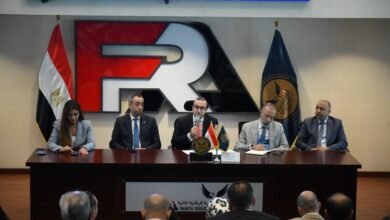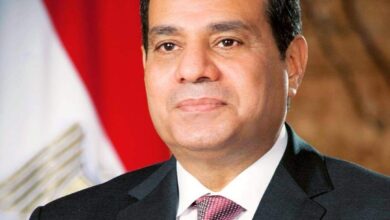2 دقائق
The history of education is in many aspects the history of reform movements and ideas. Since Plato’s Politeia at least, ‘education’ could be regarded as the cause or ground for the change of society, culture, and individuals. In the late Roman empire and early Christian times, education was viewed as a voice of God and thus as the voice of mission; in the Middle Ages it also became the special force for movements of heresy. After the Reformation, education was regarded as the cause for ‘inner’ belief and personal salvation. The reform movements of the nineteenth and twentieth centuries mixed all these motives and made them powerful as reactions against the model of schooling and education that was developed by statal power in the nineteenth century. Modern reform movements have at least three different tendencies. There are movements of reform of educational institutions, of forms of life, and of society. Most movements have charismatic founders and supporting groups for their special doctrines. Many experiments with ‘new education’ failed, with only a few, such as the Rudolf Steiner schools, surviving. The school system, on the other hand, adopted some aspects of new education but did not change radically. The critique of ‘bureaucratic’ schools returned with the neoliberal economy which renewed the individualistic alternatives to compulsory education, i.e., the backbone of the state system of schooling. New media are new supports for the basic idea of ‘active learning





